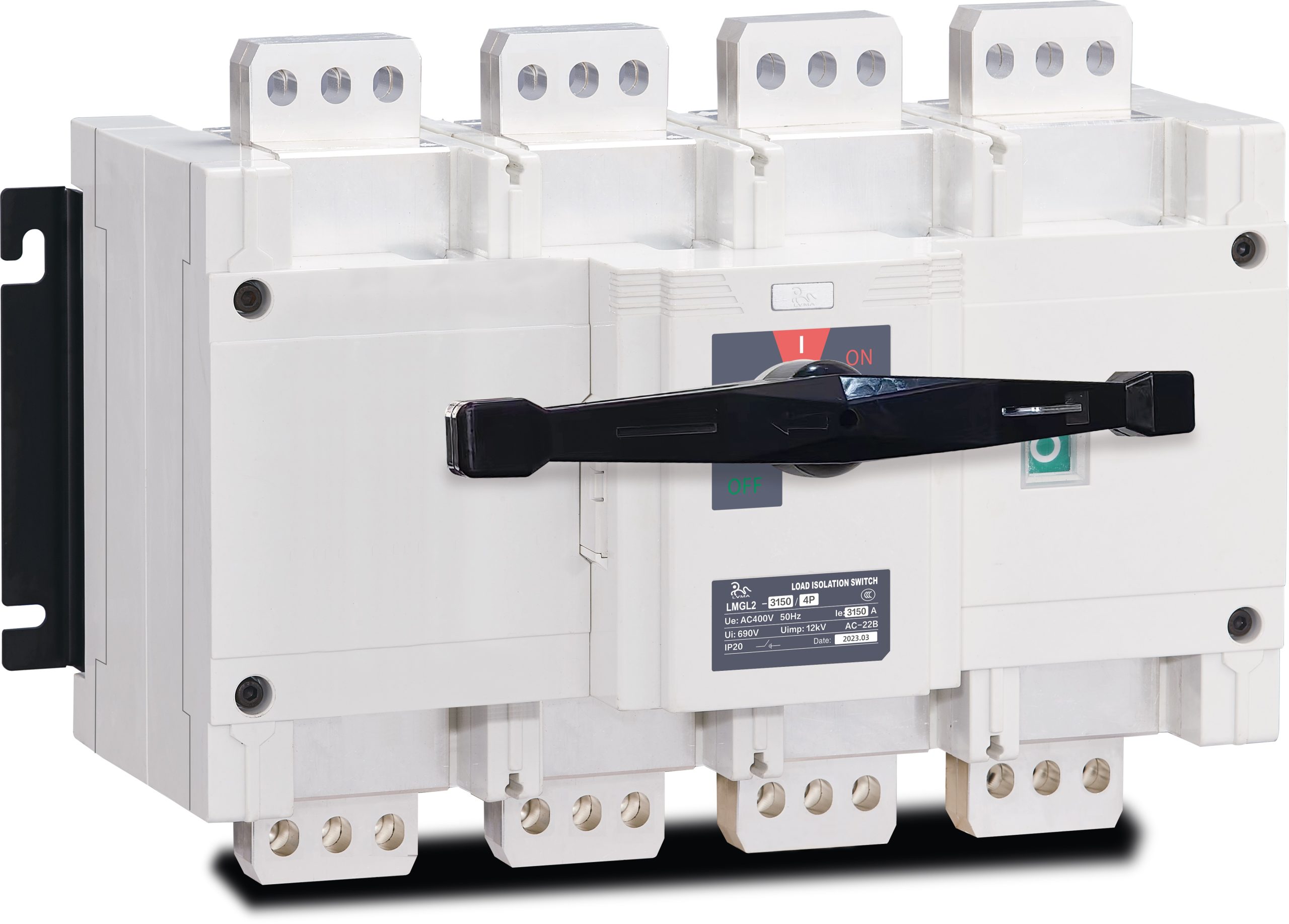
Isolation switch is an electrical device used to isolate power sources. Its main function is to form a clear disconnection point between the equipment being inspected and the live parts during the maintenance of electrical equipment, in order to ensure the safety of maintenance personnel. The basic principle is to achieve circuit isolation or conduction by driving the separation or closure of the moving and stationary contacts through the operating mechanism. When the moving contact and the stationary contact are in good contact, the current can pass through normally and achieve the closing state; When the moving contact and the stationary contact are separated by a certain distance and meet the insulation requirements, the circuit is cut off and in the open state.

The working principle of isolation switch is based on mechanical action to achieve the opening and closing of contacts. When the operating mechanism receives the disconnection command, it drives the moving contact away from the stationary contact, forming sufficient insulation gap between the contacts to cut off the circuit. The size of this insulation gap is determined based on the voltage level and safety requirements. For example, in high-voltage systems, the insulation gap may be relatively large to ensure sufficient insulation performance. When the operating mechanism receives the closing command, it drives the moving contact to move towards the stationary contact until the moving contact is in close contact with the stationary contact, allowing current to pass smoothly and achieving circuit conduction. During the closing process, the contact pressure between the contacts needs to meet certain requirements to ensure good conductivity and avoid problems such as heating caused by poor contact.













